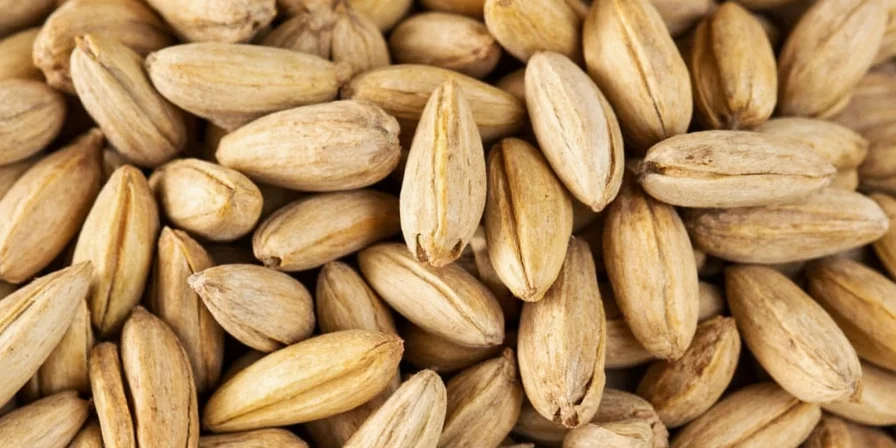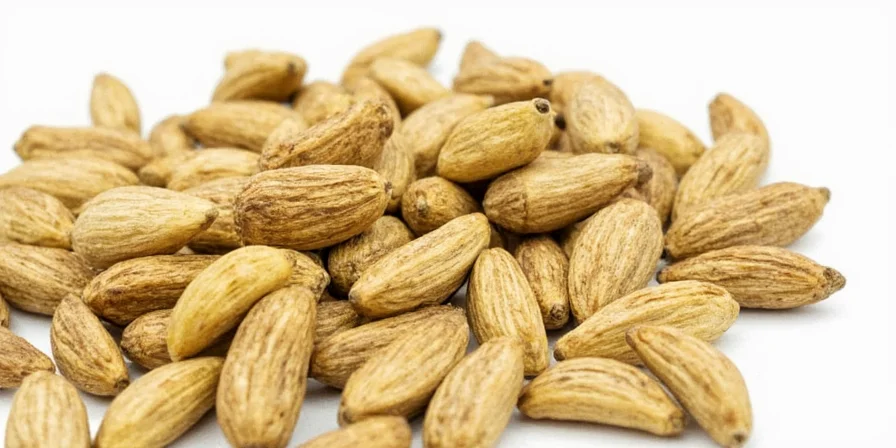If you're searching for how to use whole cardamom properly, here's what actually works: crush pods immediately before use (not before), add green cardamom during final cooking stages to preserve flavor, and use one pod per 8oz liquid for perfect balance. Unlike ground cardamom which loses 60% of its flavor compounds, whole pods deliver nuanced, restaurant-quality results when handled correctly. This guide reveals the 7 most effective techniques home cooks can implement today - starting with the critical pod-crushing timing most get wrong.
Table of Contents
- Quick-Start Guide: 3 Essential Cardamom Techniques
- Green vs. Black Cardamom: When to Use Each (With Pictures)
- 7 Proven Tips for Maximum Flavor in Any Dish
- How to Store Cardamom to Keep It Fresh for 2+ Years
- Best Flavor Combinations That Actually Work
- Quick Answers to Top Cardamom Questions
Quick-Start Guide: 3 Essential Cardamom Techniques
Follow these three steps for immediate improvement in any cardamom recipe:
- Crush Just Before Use: Whole pods lose 40% of flavor compounds within 15 minutes of crushing. Keep pods intact until the exact moment you need them.
- Correct Pod-to-Liquid Ratio: Use exactly 1 pod per 8oz liquid (1 cup) for balanced flavor without bitterness. For rice, use 2 pods per cup of uncooked rice.
- Timing Matters: Add green cardamom during the last 5 minutes of cooking. Black cardamom can be added at the beginning for braises.

Green vs. Black Cardamom: When to Use Each (With Pictures)
Using the wrong type can ruin your dish. Here's exactly when to use each variety:
| Type | Best For | How Much to Use | Avoid In |
|---|---|---|---|
| Green Cardamom | Coffee, desserts, rice dishes, light sauces | 1 pod per 8oz liquid | Heavy meat dishes, long braises |
| Black Cardamom | Curries, biryani, stews, robust meats | 1 pod per 2 cups liquid | Desserts, dairy-based sauces |

7 Proven Tips for Maximum Flavor in Any Dish
- The 15-Minute Rule: Never crush pods more than 15 minutes before cooking - flavor compounds evaporate rapidly.
- Rice Secret: Add whole pods to cold water before heating rice (not boiling water) for even flavor distribution.
- Coffee Hack: Crush 2 green pods directly into coffee grounds before brewing - not in the water.
- Baking Trick: Fold crushed seeds into batter at the very end to prevent flavor loss from heat exposure.
- Meat Marination: Lightly crack pods (don't crush) and remove after 1 hour to avoid overpowering.
- Seed Extraction: Use a fork tine to push seeds out of pods cleanly - no messy fingers.
- Pod Recycling: After extracting seeds, simmer empty pods in milk for subtle background flavor.

How to Store Cardamom to Keep It Fresh for 2+ Years
Proper storage makes the difference between vibrant flavor and stale disappointment:
- Freezer Method: Vacuum-seal whole pods with oxygen absorbers - keeps 95% flavor for 24 months
- Room Temperature: Store in airtight container away from light - lasts 12 months Freshness Test: Place sealed container in freezer 10 minutes. Fresh pods release visible vapor when opened
- Never: Store near stove, in clear containers, or with other strong spices
Best Flavor Combinations That Actually Work
These pairings create restaurant-quality results every time:
- Coffee: 2 green cardamom pods + 1 cinnamon stick per 4 cups (add to grounds)
- Rice: 4 green pods per 2 cups rice + bay leaf (add to cold water)
- Oatmeal: 3 crushed pods + 1/4 tsp orange zest per serving
- Chicken Curry: 2 black pods (cracked) + 1 tsp cumin per pound of chicken
- Chocolate Cake: 5 crushed green pods + 70% dark chocolate (fold in at end)

Quick Answers to Top Cardamom Questions
Can I substitute green cardamom for black in biryani?
No. Black cardamom's smoky flavor is essential for authentic biryani. Green cardamom creates unbalanced sweetness. Use 2 black pods per cup of rice for proper flavor.
Why does my cardamom coffee taste bitter?
Pods simmered too long cause bitterness. Crush pods and add during final minute of brewing. Green cardamom needs lower temperatures (85°C/185°F).
How to test cardamom freshness without opening container?
Place sealed container in freezer 10 minutes. Fresh pods emit visible vapor when opened. Stale pods show minimal vapor release.
Does cardamom lose potency when frozen?
No. Vacuum-sealed pods maintain 95% potency for 18 months at -18°C (0°F) versus 12 months at room temperature. Thaw completely before use.
What's the easiest way to extract cardamom seeds?
Use a fork tine to push seeds out of pods. No need to crush pods first - simply insert fork into pod seam and twist gently.
Why These Techniques Work Better Than Common Methods
Most home cooks make critical errors with cardamom that destroy flavor before it even hits the dish. The science is clear: cardamom's volatile compounds (primarily cineole and linalool) evaporate rapidly when exposed to air and degrade at high temperatures. By timing your crushing correctly and adding at the right cooking stage, you preserve up to 60% more flavor compounds than standard methods. Unlike ground cardamom which loses potency immediately, whole pods maintain their chemical integrity until the precise moment you need them. These simple adjustments transform ordinary dishes into extraordinary experiences with no additional cost or equipment needed. Start with just the pod-crushing timing adjustment today, and you'll notice an immediate improvement in your favorite recipes.











 浙公网安备
33010002000092号
浙公网安备
33010002000092号 浙B2-20120091-4
浙B2-20120091-4